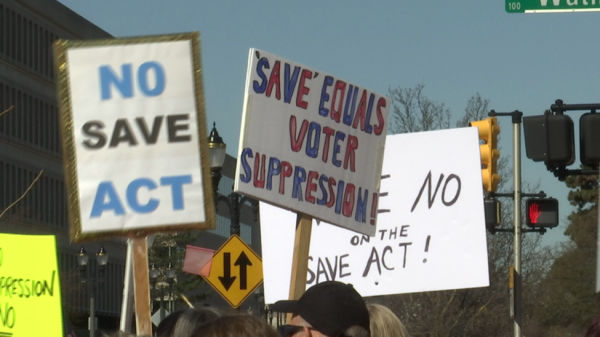Amazon Monopoly

Amazon is a company based out of Seattle, Washington, that is known for being one of the first major hubs for online shopping. Having launched in 1994, Amazon offers good ranging from clothes to phones and computers and beyond. In the 23 years since Amazon began, the company has expanded to include many features to increase customer satisfaction. A major update was the addition of Amazon Prime in 2005. Amazon Prime offers customers the option for a paid subscription to Amazon that gives them access to things like free shipping, one-day delivery, and (since 2011) video and music streaming. There are over 80 million members of Amazon Prime from all over the world, and this number increases every day. In 2009, Amazon purchased the largest independent online shoe vender, Zappos. This was the first step for Amazon in its journey to the monopoly it is becoming. The question is, at what point is it actually considered a monopoly?
The answer is now. The most recent move that Amazon made was the purchase of Whole Foods Market this year, and it put Amazon on top of the world. In June, Amazon announced that they were buying Whole Foods for about $13 billion, but within an hour, Amazon’s stock rose three percent, which increased the company’s value by $14 billion. This entered Amazon into a complete new market, one that is worth over $700 billion, and they, earned money doing it. They also announced, after the purchase of the grocery store, that they would be lowering the prices of the goods sold in stores. “Whole Foods Market will offer lower prices starting Monday on a selection of best-selling grocery staples across its stores, with more to come,” the company said in a statement on August 23rd.
This was excellent news for Whole Foods customers, because the store had a reputation for being overpriced. A huge prediction of the company is that the Whole Foods sales will increase at least 12 percent in the next five years. The goal is for the decreased prices to attract more customers, and for them to shop more often. It is also predicted that more Whole Foods customers will become members Amazon Prime, even though only 38 percent of current Whole Foods shoppers do not already have subscriptions to Amazon Prime.
The company’s shares have gone up about 33 percent since the beginning of this year, and are only on the incline. Amazon is completely taking over all markets that supply goods to consumers, and all of its customers are completely supportive of it.

Sydney is a senior at Wheeler and this is her second year on the Catalyst staff. She plays varsity fastpitch softball and loves to spend her free time...



